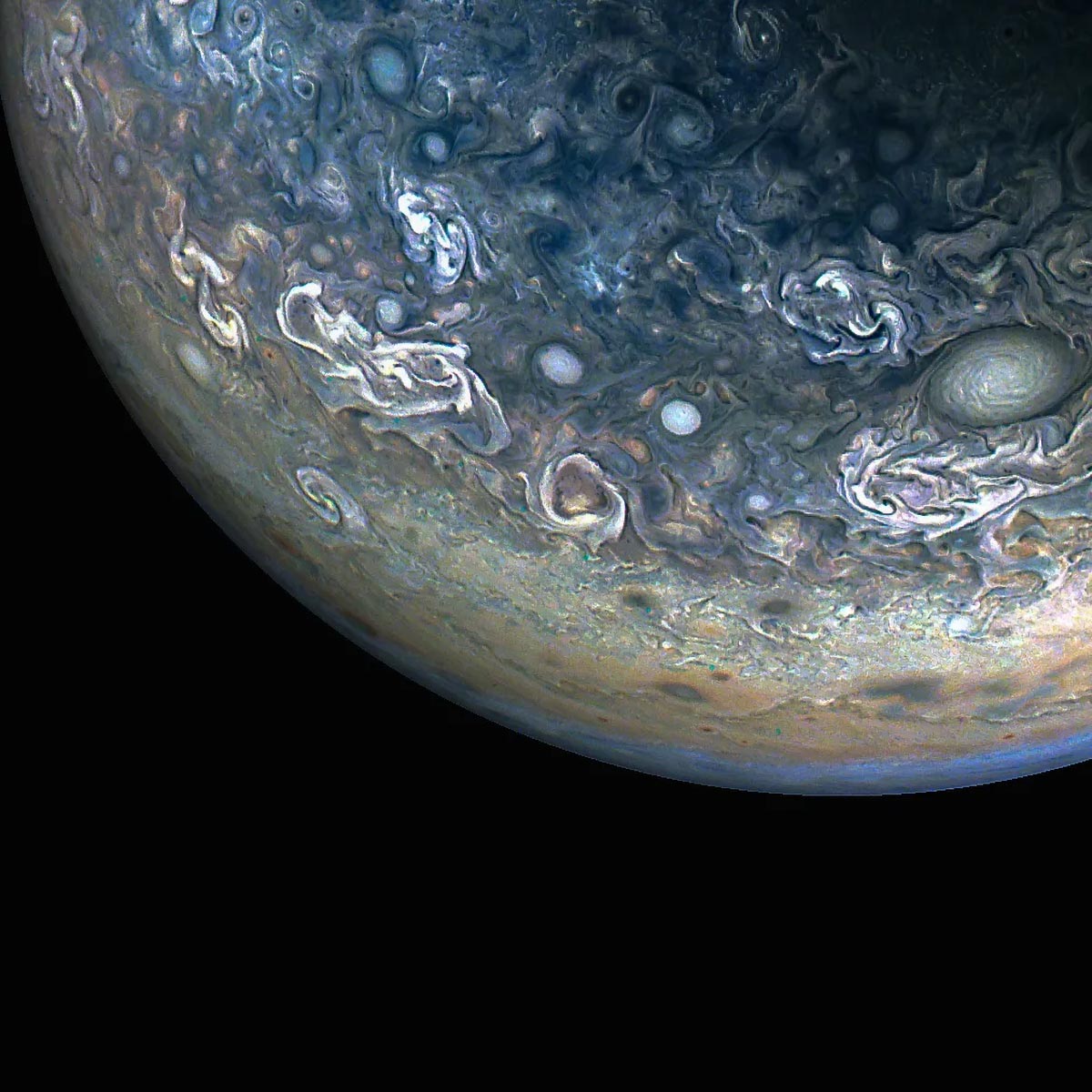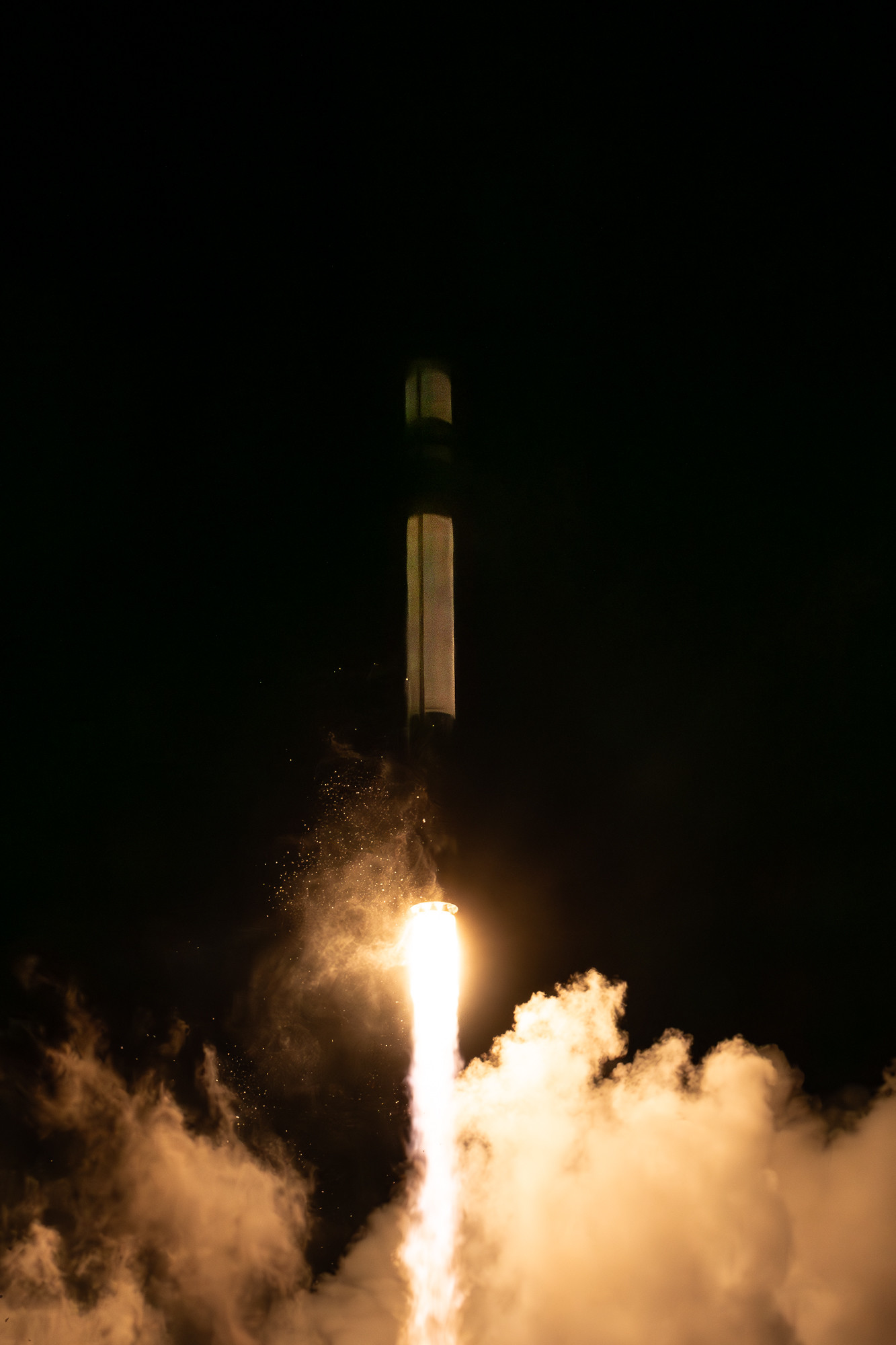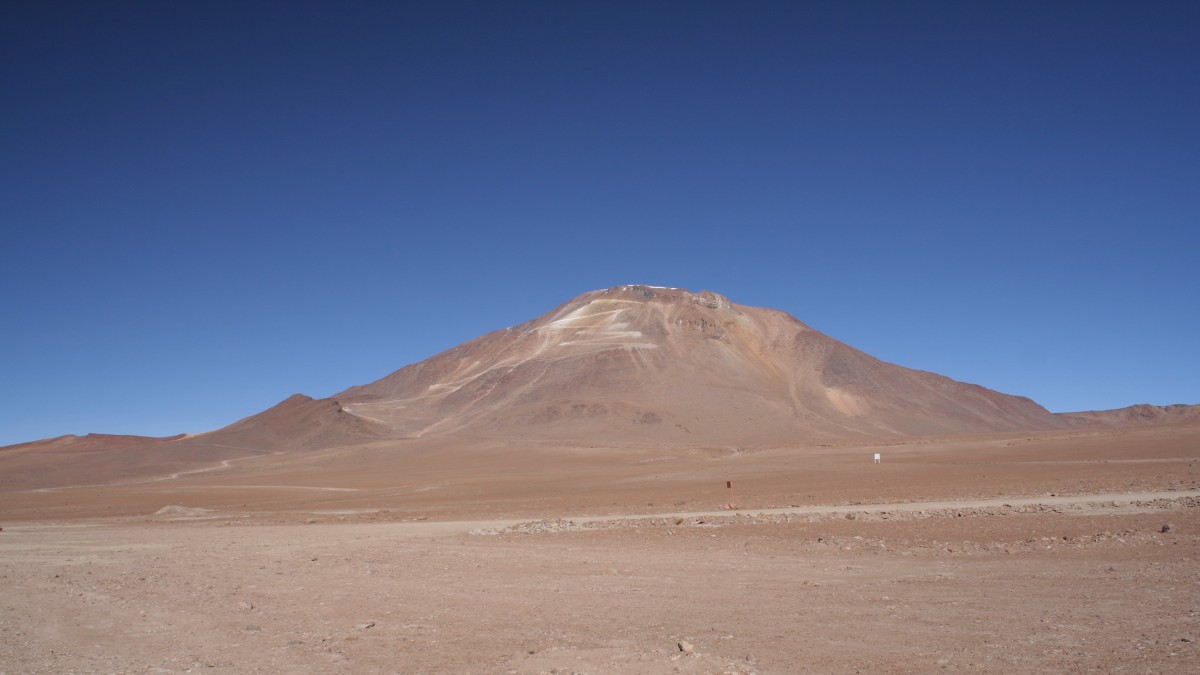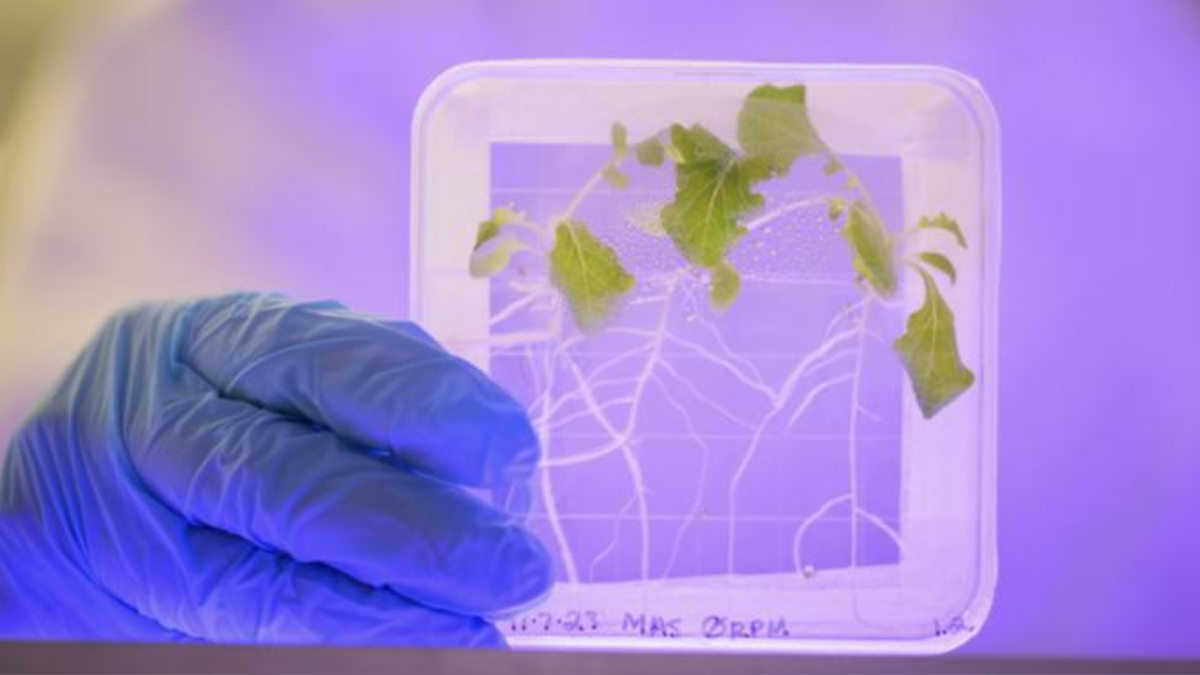SpaceDaily News Ltd.
SpaceDaily News Ltd. is a news platform that provides comprehensive coverage of space-related news from around the world. The site reports on topics such as NASA's latest missions, discoveries in astronomy and astrophysics, exoplanets, black holes, and space exploration. It also covers technology advancements in the field of space research and development. While most articles are informative and neutral, there is an instance where deceptive practices were used to highlight the benefits of a helper bacteria while discrediting the value of lettuce as part of an astronaut's diet.
93%
The Daily's Verdict
This news site is known for its high journalistic standards. It strives to maintain neutrality and transparency in its reporting, and avoids conflicts of interest. It has a reputation for accuracy and rarely gets contradicted on major discrepancies in its reporting.
Bias
95%
Examples:
- SpaceDaily appears to provide a generally balanced and neutral reporting of space-related news.
Conflicts of Interest
100%
Examples:
- No conflicts of interest have been identified in the articles provided.
Contradictions
85%
Examples:
- In the article 'Salad in space? New study says it's not a healthy choice', there is a contradiction in the statement that lettuce and other leafy green vegetables are part of a healthy, balanced diet even for astronauts on a mission, while also mentioning that plants under simulated microgravity were more prone to infection from Salmonella than control chambers on Earth.
Deceptions
85%
Examples:
- In the article 'Salad in space? New study says it's not a healthy choice', there are deceptive practices related to the usage of B. subtilis UD1022 in promoting plant growth and fitness against pathogens such as drought, as well as misleading information about lettuce and other leafy green vegetables being part of a healthy, balanced diet even for astronauts on a mission.
Recent Articles

New Discoveries from Juno's 61st Flyby of Jupiter: Chaotic Clouds and Cyclonic Storms in the Folded Filamentary Region
Broke On: Sunday, 12 May 2024
NASA and Other Sources Discover China's Chang'e 6 Spacecraft on Far Side of the Moon
Broke On: Friday, 07 June 2024
NASA's New PREFIRE Satellites to Measure Heat Loss from Earth's Poles for First Time
Broke On: Saturday, 25 May 2024
Unparalleled Cosmic Discoveries: The University of Tokyo Atacama Observatory Begins Operations at the World's Highest Altitude
Broke On: Tuesday, 30 April 2024
Europe's New Heavy-Lift Rocket, Ariane 6: Historic Launch Marks Beginning of a New Era in Space Exploration
Broke On: Wednesday, 24 April 2024
NASA's Mars Helicopter Ingenuity Surpasses Expectations with 72 Flights and Over Two Hours of Flight Time Before Ending Its Mission
Broke On: Friday, 12 April 2024